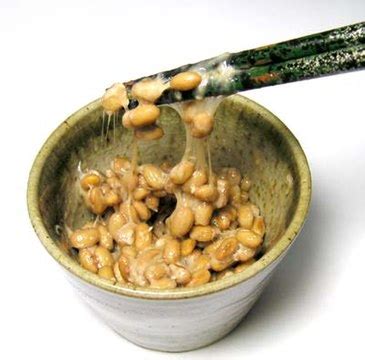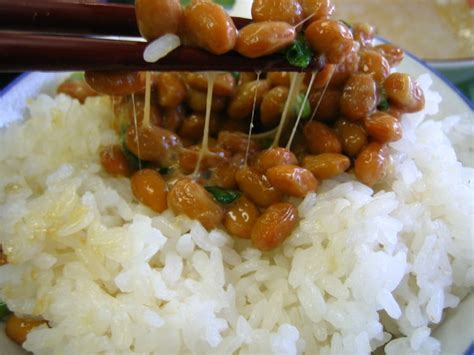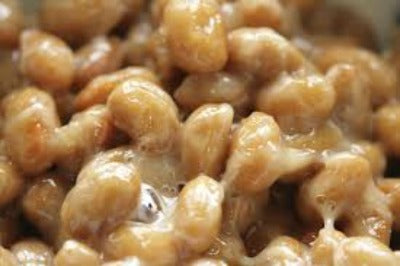
Artisan fresh Natto.
Made in the UK using organic soya beans.
Customer Review: "Natto absolutely fantastic. I lived in Japan for 5 years and can’t say I’ve had anything as fresh as your Natto."
A source of vitamin K2 MK7 and nattokinase enzymes.
Traditionally natto is consumed at breakfast in Japan. It is eaten stirred through rice, with fish or miso soups. It is a condiment, and is generally only eaten in small amounts, maybe a teaspoon at a time. In practice it can be eaten with many foods - or just on its own.
Natto is an acquired taste. It has an unusual smell, texture and taste. Many people do love it! If at first you do not like it - do keep trying - it can grow on you.
Fresh Natto has been shown to maintain a higher level of Nattokinase than frozen natto.
Natto is made by fermenting cooked soya beans with a bacterial culture, Bacillus subtilis. These probiotics have been shown to positively influence the gut microbiome..
Nutritionally rich, natto is well worth eating. It is a good source of protein, fibre, vitamins, in particular vitamin K2 including the well known MK-7 form, minerals and enzymes.
This vitamin K2 has a role in ensuring that the calcium in our diet is absorbed into the correct places - like bones and teeth - and does not build up in arteries and joints. It is a very rich food source for this vitamin.
The fermentation process creates an enzyme called nattokinase. Nattokinase has been studied extensively.
This enzyme is fibrinolytic enzyme shown to reduce blood pressure and clotting in the lab and in us
An average nutritional breakdown for 1 cup of natto is (as a %age of daily requirement):
- Protein: 31.0 g
- Manganese: 134%
- Iron: 84%
- Copper: 58%
- Magnesium: 50%
- Calcium: 38%
- Potassium: 36%
- Zinc: 35%
- Phosphorus: 30%
- Selenium 22%
- Vitamin K2: 51%
- Vitamin C: 38%
- Riboflavin: 20%
- Thiamin: 19%
- Vitamin B6: 11%
- Folate: 4%
- Pantothenic Acid: 4%
Any fresh items not posted on a listed 24hr service will beat your own risk. We will always include chill packs and some insulation in your parcel.
Please read Terms and Conditions on the Customer Services page.



